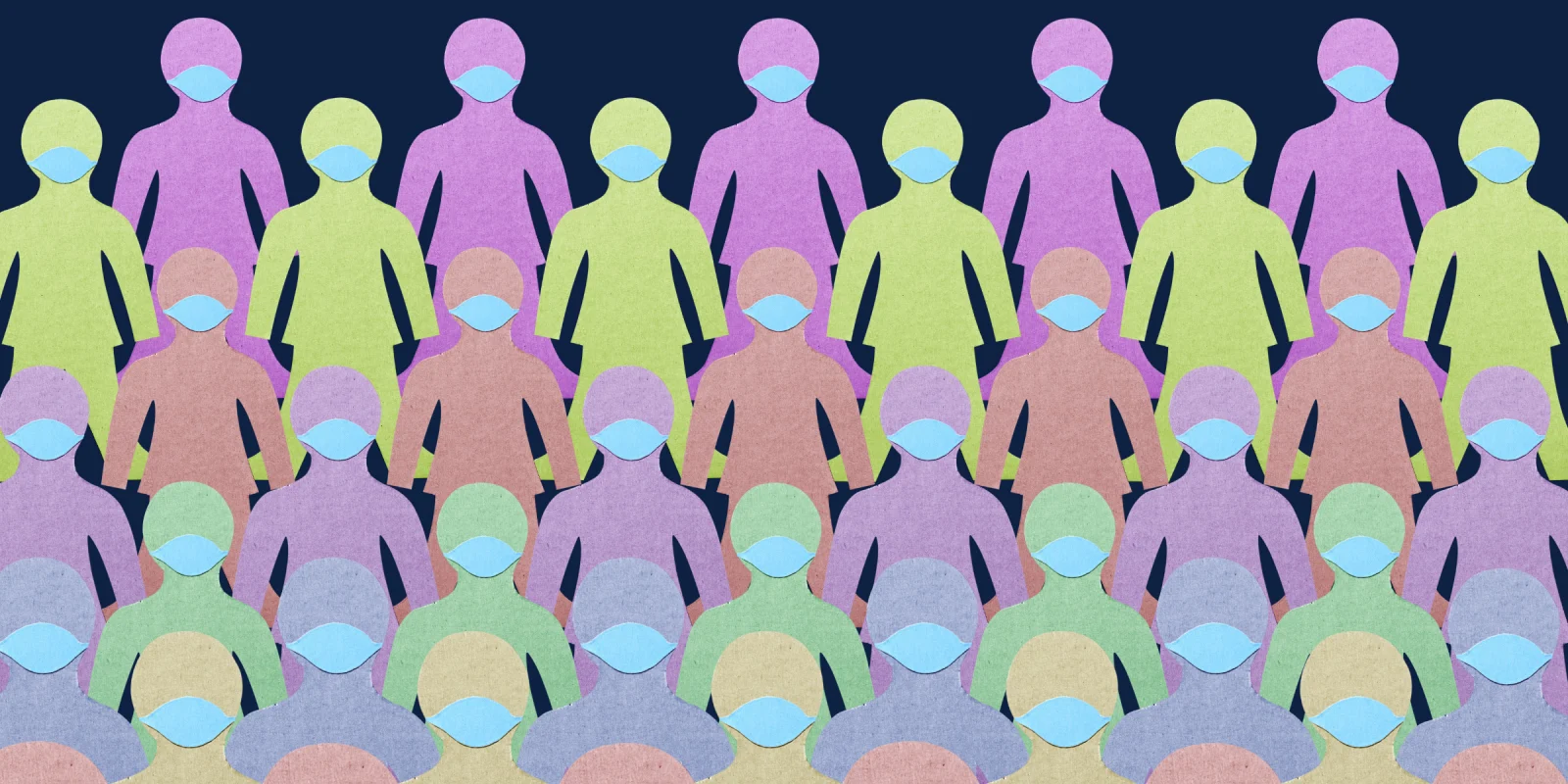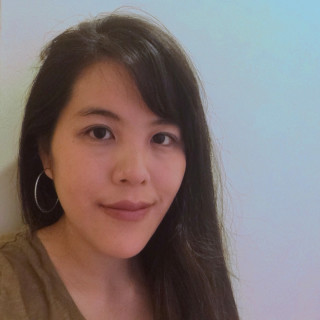
Last week, in chatting with a friend and former roommate I joked that “pandemic response type” should be added to the list of conversation points when looking for roommates. I said this mostly in jest at the time, as she was sharing the stresses of living with someone who only loosely adhered to social distancing guidelines. Our conversation left me thinking about the varying types of individual and community responses to this pandemic, especially as states open up and we all yearn from a return to our pre-pandemic norm.
On Memorial Day weekend, in my hometown of Austin, over 100 people gathered at the state’s capitol demanding businesses to re-open, protesting that COVID-19-related restrictions were an infringement upon constitutional rights. One photo from the local paper showed a man carrying a sign proclaiming, “Vaccines are made with aborted fetal cells.” This followed a larger protest in April with about 300 people showing up, some holding signs calling the pandemic a “hoax,” others calling for the firing of Dr. Fauci. There were no masks or face coverings according to photographs from our local newspaper. People were definitely not standing six feet apart.
In contrast, I adhere very closely to social distancing measures and wear a face covering whenever I am out in public (minus when I am exercising outside). And, every evening, when I come home from our community health center, I step immediately into the bathroom, put my dirty clothes directly into the washing machine and then jump into the shower. I used to drive up to Dallas about once a month to see my 90-year-old grandparents, but I haven’t made the trip for a couple months now.
It’s been interesting to observe the spectrum of people’s responsiveness to this pandemic when it comes to infection control, infection prevention, and social distancing measures. I know people who have made trips via airplane in the past month. I also know people who have not driven their cars in two months. I know people who have felt comfortable going to sit-down restaurants without a mask. I also know people who haven’t set foot in a grocery store since March. I have seen people walking into stores without face coverings. I have also seen people walking around the neighborhood in N-95 masks. I have talked to people who are extremely worried, but I have also met those who are seemingly nonchalant.
But, why this spectrum? And, how? Many of us are watching, reading and listening to the same news. There’s a lot of information out there, ranging from the CDC website to the widely shared conspiracy theory video “Plandemic.” How do we each decide what to absorb and what to discount? What factors contribute to that unique decision-making process? And how does that inform our actions?
When the CDC first announced that they were recommending face coverings, I heard this: “Wow, this is a big deal; if the CDC is recommending it, everyone should do it. It’s essentially mandatory.” I immediately texted my parents and told them they needed to wear facemasks on errands; this was before our city’s mayor implemented a mandatory face covering order. Others, however, heard this: “Cover your face if you want. It’s optional.” When the president stated he was already taking hydroxychloroquine, some people took this as an endorsement of the drug. I, however, took it as…well, the opposite. How interesting that one sentence can be interpreted in such vastly different ways.
When we’re listening to the news, are we hearing the same thing? When we’re reading an article, do we comprehend the same content? What interpretations do we make from all the messages we receive and all the information we consume? Language is so subjective; what is relayed may not necessarily be what is received. I may say one thing, but my patient may hear something entirely different. Likewise, my patients may tell me one thing, but I may hear something entirely different.
Earlier on in the pandemic, in March, when my clinic first started testing for COVID-19, I told two mothers, while dressed in full PPE, that I would be testing their children for the virus. This is what I said: “I’m going to test your baby for coronavirus.” It was a factual statement, a straightforward sentence relaying my plan. But, both mothers immediately burst out crying, which made me realize they received my words differently from how I intended them. Their minds, out of understandable fear, jumped to things I did not say, “I’m testing your baby because your baby might have COVID-19 and your baby might get super sick and your baby might die.” I should have anticipated how my words might be received in an already worried parent during a global pandemic. Wearing full PPE with an N-95 and face shield blocking my facial expressions didn’t help with the emotional stress of that situation either.
We’re all worried. Even before the pandemic, we already had our own set of stresses and preoccupations. We already had our own style of worrying, of coping, of managing. Some of us went for five-mile runs; I listened to music at the lake. Some of us vented to our friends on the phone; I scribbled out words on a page. And, right now, I’m worried about the epidemiology of this virus and the implications of non-adherence to social distancing measures. So, I practice strict social distancing and remind my patients and their families to do the same. However, there are others in my state who are equally worried — but about their loss of civil liberties; they protest, refuse to wear masks, gather in crowds. Right now, I’m proud of the fact that my church has decided against holding in-person services, but there are also others in my church railing against this very decision. I think my church leaders are acting with great wisdom; others think that they are acting out of lost faith.
At my most tired, most burnt out, and most frustrated, I am pounding out angry words on my laptop: How can people think this pandemic is a hoax?! Face coverings are not and shouldn’t be a political statement!! Why are people hanging out in bars without masks?! Do they not care that there are hundreds of thousands of people dying from this!? Their reckless behavior is an affront to all health care workers — why are they fighting against our fight!?
At my most calm and empathetic, I am quietly writing in my notebook: As a health care provider, as someone who has always abided to treat others out of empathy and with kindness, how do I respond to those who aren’t social distancing? How do I reason with someone who tells me, genuinely, that they plan to start taking hydroxychloroquine? How do I respond to someone in my social circle who says that those who wear masks in public are those controlled by fear? Is there a space for open dialogue? How can we better understand each other?
I’m not sure I can say, with cold facts and hard evidence, that my worries and my responses are more rational and reasonable than those of others who think and act differently from me. However, our different perspectives and priorities seem to have shaped our pandemic response styles and pitted us against each other in some way that I fear will be detrimental when it comes to this pandemic: less solidarity, widening rifts between groups of people, more infections, more lives lost.
Evelyn Lai is a pediatric nurse practitioner with a B.A. in English Literature and a M.S. in Narrative Medicine. Evelyn has written both academically and creatively and believes strongly in the power of stories. She has no conflicts of interests. Evelyn is a 2019-2020 Doximity Fellow.
Click here to see more perspectives on COVID-19 from the Doximity network.
Click here for up-to-date news about COVID-19 on Doximity.







